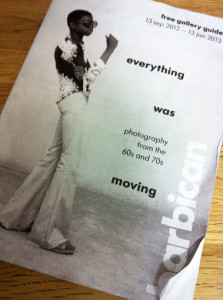And then there is light – the collective result of all those busy little photons that buzz around the universe as they have since creation…Light is, always has been, an always will be the very foundation of that amazing amalgamation of arts and science we call photography.” (Hunter, Biver, & Fuqua, 2012:xiii)
‘Light’ starts well for me; it makes it clear it is offering a set of tools not a rulebook or a lecture. It also uses the metaphor of language to describe how light conveys information. Most importantly it stresses the use of this language to develop your own voice and not to copy that of others. The authors make the point that they will be more ‘bored than flattered’ if you try to make images that look like those featured in the book.
This reminded me of some research advice I was once given that copying the great theorists will not earn the respect of those you are copying, nor will it gain you respect in your research field.
They propose that the language of photography is based on three key principles that are informed by physics. Understanding these basic principles, what might be regarded as the science of photography, can then inform the art of photography.
Three principles of light:
- Size: the size of the light source determines how the light interacts with the subject/object
- Reflections: there are three possible types of reflection
- Diffuse: the same brightness regardless of the viewing angle
- Direct: produces a mirror image of the light source that produces the reflections
- Glare (or polarised direct reflection): like direct reflection only one viewer will see the reflection but polarised is always dimmer, a perfect polarised reflection will be half as bright as a polarised reflection
- Angles: some of the above reflections only occur if the light source is in a certain position, within a limited ‘family of angles.’ This family of angles determine where a light should or should not be when trying to achieve particular lighting effects
References
Hunter, F., Biver, S., & Fuqua, P. (2012). Light Science & Magic: an introduction to photographic lighting (4th ed.). London: Elsevier.























